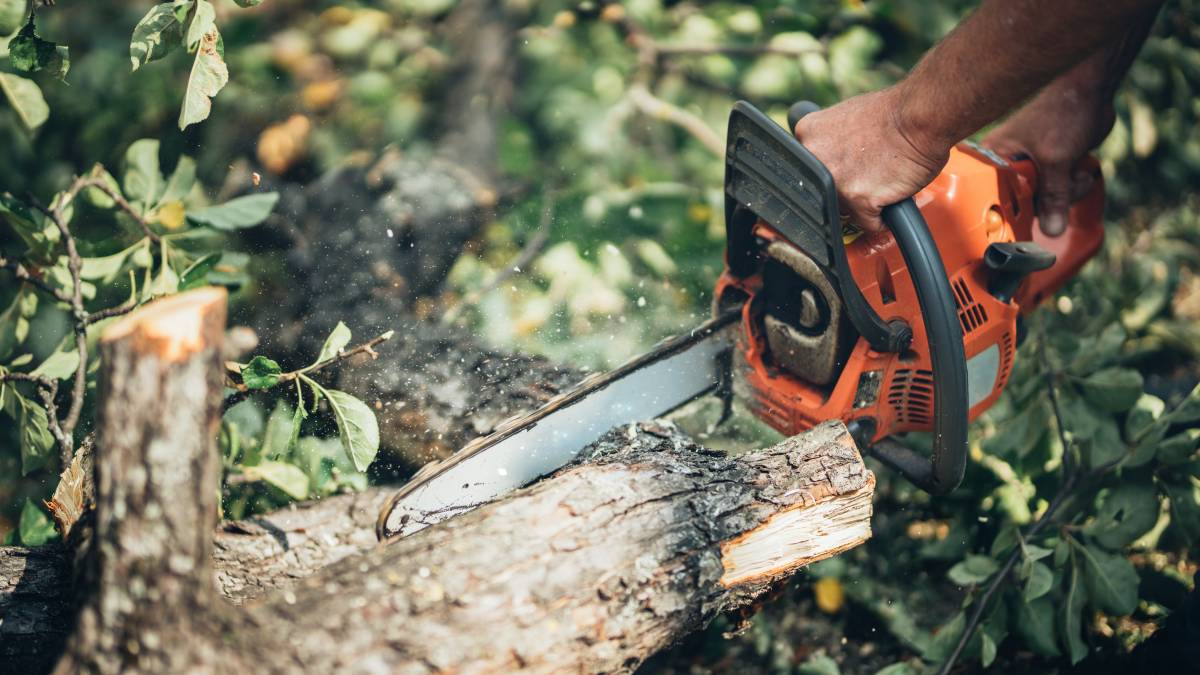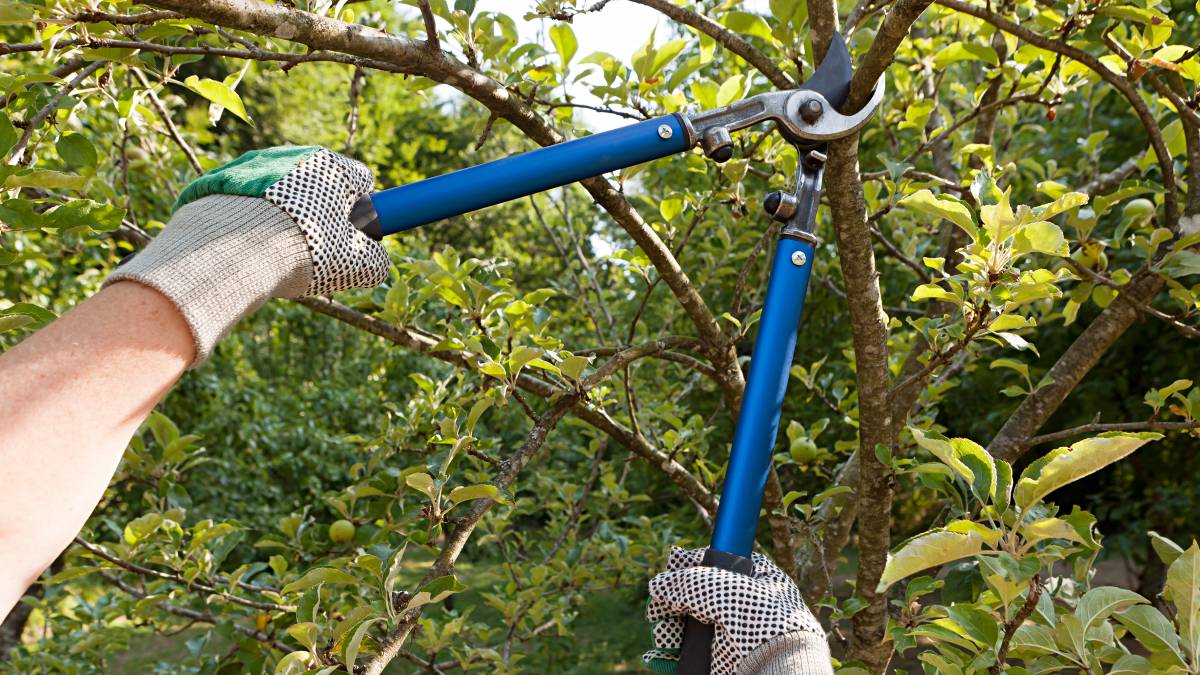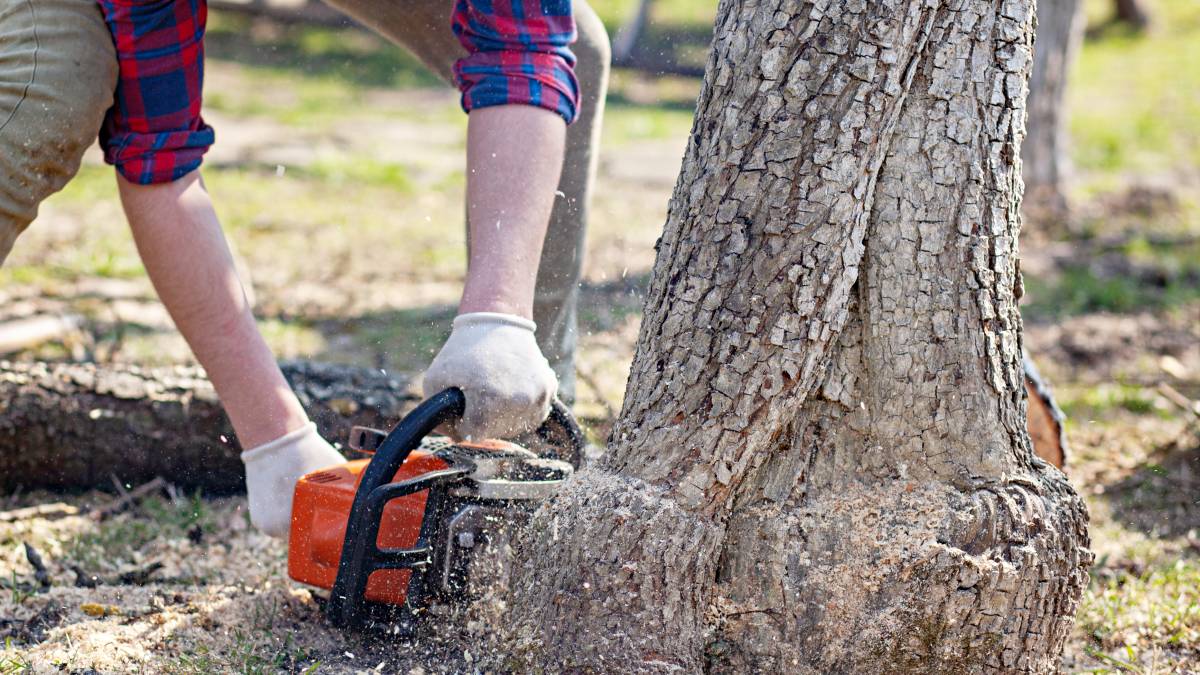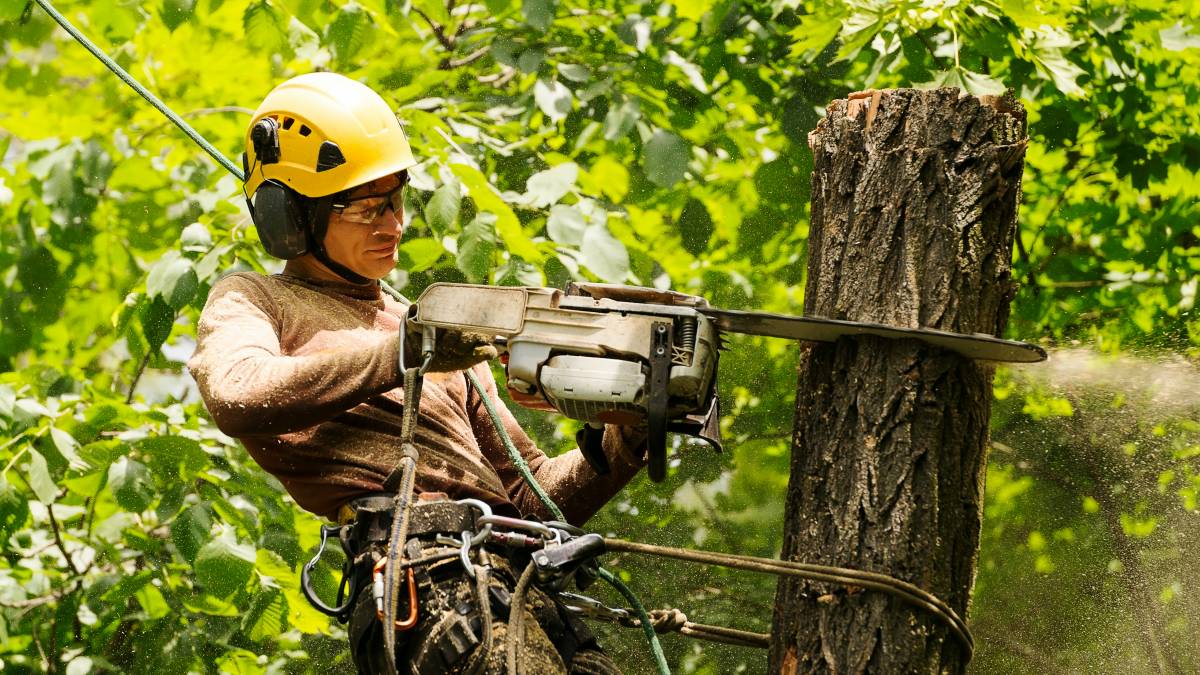- Home/
- Guides/
- Tree Pruning/
- How to Prune a Lemon Tree
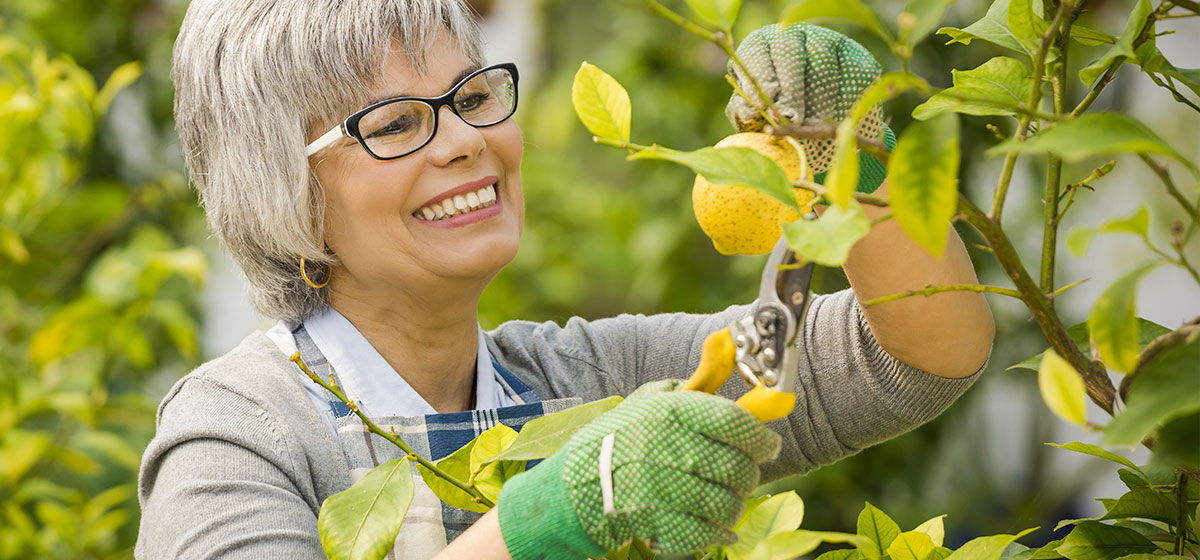
Learn why and how to prune a lemon tree in your garden
Find a tree pruning serviceLast Updated on
A successful lemon tree requires a pruning process to stimulate growth and ensure your tree has a sturdy structure from which to provide you with a bounty of lemons. Learning how to prune a lemon tree is easy, and it will provide you with a range of benefits from plenty of fruit to a beautiful-looking addition to your garden!
Lemon trees are a very popular addition to gardens of all sizes in Australia. You can find versions of the trees suitable for larger garden areas, as well as smaller courtyards or even indoors! Above all, Australians love adding a slice of lemon to their drinks, so having your own private access to as many lemons as you need can come in handy, especially in the summer months.
Read on to learn why and how to prune a lemon tree, along with some tips to make the process as straightforward as possible.
Why do you need to learn how to prune a lemon tree?
Lemon trees benefit from regular pruning, and it is especially important in the first two years. Pruning is essentially controlled stress which tells the tree where to focus its energy. This helps it become bigger and better as it grows.
Before pruning, there will be a lot of volume and foliage, after pruning, the fruits to leaf ratio will be more balanced, and your tree will receive more air and sunlight. Pruning is more pertinent in younger trees to keep the size of the tree manageable while minimising the effort required from you as time goes on.
When is the best time to prune?
While it depends slightly on where you live and the climate, the best time to prune a lemon tree is during spring or autumn. Baby lemon trees will not bear any fruit until they are older but need to be pruned regularly to shape their structural framework.
When it comes to more mature lemon trees, you only have to prune them once or twice a year, preferably after a harvest. The better formed your lemon tree is in its infancy, the less work you’ll need put in as it ages.
Considering the different types of lemon trees
The most popular types of lemon trees found in Australia are the Eureka, Lisbon and Meyer (dwarf lemon tree) varieties. The Meyer is actually a hybrid with a mandarin orange tree which keeps it small and great for indoors or small courtyards. The following instructions will be suitable for the pruning of the larger trees as well as how to prune a Meyer lemon tree!
Preparing your tools
You’ll want to have the following gear on hand before you begin the task of pruning:
- A trusty pair of pruning shears
- A small hand-held saw
- Disinfectant for your tools
- Protective gloves
- Organic herbicide to apply after pruning
Citrus trees are notorious for weevils, snails and gall wasp infestations so the herbicide will help protect your crop.
How to prune a lemon tree
Apart from the time of year, a good way to tell if your lemon tree requires some pruning is if you notice weak branches and small growths at the base of the trunk. To make maintenance a lot easier, remove any deadwood you see ASAP throughout the year and avoid pruning during summer or winter as sunburn or frost can damage your tree.
Follow these steps to prune your lemon trees correctly:
Step 1: Preparation
Before you begin, scan your lemon tree to identify the unhealthy parts and stray branches. Get all of your gear ready and disinfect your tools, so you don’t spread any diseases to your soon-to-be freshly cut tree.
Step 2: Pruning
Remove the deadwood from the branches and cut off the thin branches. This will help the tree to focus its energy on growing the bigger ones. Ensure that all cuts are made at a 45-degree angle, and avoid any damage to the main stalk.
You’ll also want to remove any ‘suckers’, water sprouts and basal shoots which will look like small leafy growths sprouting from the base near the roots. If these are appearing regularly, it means that the soil bed is too shallow. Get rid of them, so they don’t suck the nutrients from your tree!
Step 3: Skirting
The act of skirting refers to the clearing of the bottom growth so you can prioritise fruiting at the top. It may seem like a waste, but it is important that you remove any underdeveloped fruit to ensure that the top of the tree and its fruit stays healthy.
Skirting also helps to avoid any contamination to the leaves from fertilisers or herbicides. It is also a good idea to keep your tree a few feet away from the ground if you have pets as they can easily spread diseases to it.
Step 4: Topping
The actual pruning and cutting of the rest of the tree are really more about aesthetics. Shape your tree as you like, but ensure the ratio of branches to the density of roots is even. Aim for a rounded, symmetrical shape to the top of the tree.
Step 5: Knowing when to stop pruning
This is more of a non-step as it is important to never over-prune. A good pruning process includes knowing when to stop. A good rule of thumb is never to chop off more than one-third of the tree. If you prune too much, you could put unnecessary stress on the plant.
The effort of the above steps is the best way to ensure the health and success of your tree. Regular pruning will bring you a fruitful harvest, and your drinks will never be without a lemon slice again!
Enjoy a healthy and happy lemon tree with plenty of fruit!
Follow the information above closely, and you’ll know exactly how to prune a lemon tree to keep it healthy. The benefit, of course, being a good looking tree and plenty of fruit! If you are a little less confident in your pruning abilities, or simply time-poor, engage a range of taskers who can handle tree pruning, other garden pruning or just a general garden tidy up. You’ll find plenty of experienced green thumbs who can help you with planting and other garden care tasks to save you time and ensure the job is done correctly.
If you read this article to build up your gardening skills, why stop here? We have plenty of other helpful information to help you DIY your garden to new heights. From the best flower options to how to create that cozy cottage garden look, we can help with a range of things like how to get started with a vegetable garden as well as the best design options for it. We also recommend checking out our article about the best vegetable options to grow in winter. Those along with your newly pruned lemon tree mean you’ll never have to take a trip to the local fruit and veg shop again! Happy planting.
Prune Lemon Tree FAQs
There are few factors that will determine the frequency of your pruning for lemon trees. It depends slightly on where you live and the climate, as well as how mature your tree is. The best time to prune a lemon tree in Australia is during spring or autumn. Baby lemon trees will not bear any fruit until they are older but need to be pruned regularly to shape their structural framework. When it comes to more mature lemon trees, they require a lot less attention. You only have to prune them once or twice a year, preferably after a harvest!
Shaping a lemon tree is as simple as cutting the branches into your desired look. It is best to aim for a rounded, symmetrical shape to the top of the tree and always keep in mind that a good pruning process includes knowing when to stop. A good rule of thumb is never to chop off more than one-third of the tree. If you prune too much, you could put unnecessary stress on the plant. Never substitute the health of your tree for aesthetics, as you’ll be creating more work for yourself down the track.
This is not recommended as new roots and growth of the tree can be susceptible to sunburn. The best time to prune a lemon tree in Australia is during spring or autumn. Save yourself some hard work on a hot summer’s day and wait until the cooler parts of the year to tackle the task! The same can apply to climates that are too cold. An overly cold or frosty situation can be just as harmful as the intense sun. A newly cut section of the tree is at a higher level of risk when dealing with extreme elements. This is why the recommended parts of the year to prune are in-between seasonal changes when things are a little calmer weather-wise.
Find tree pruning services, fast
Find a tree pruning service
Related articles
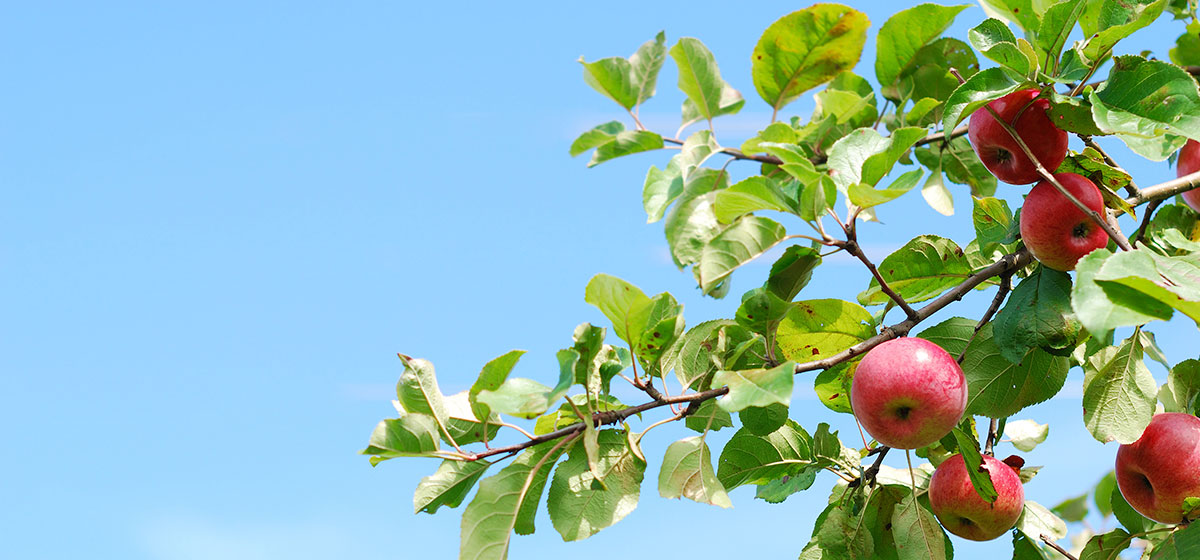
How to prune an apple tree correctly
Read more
Related price guides
